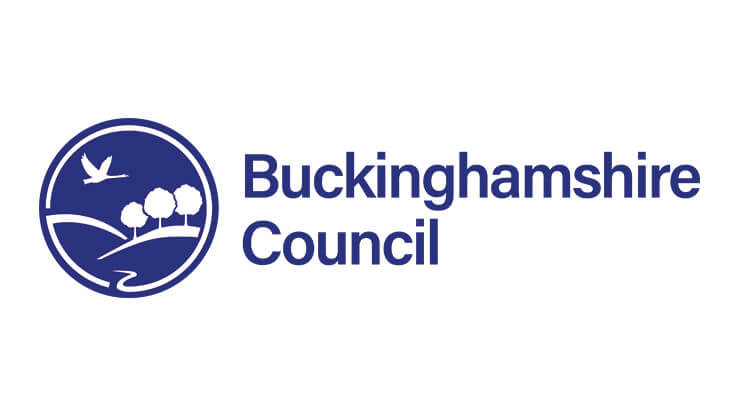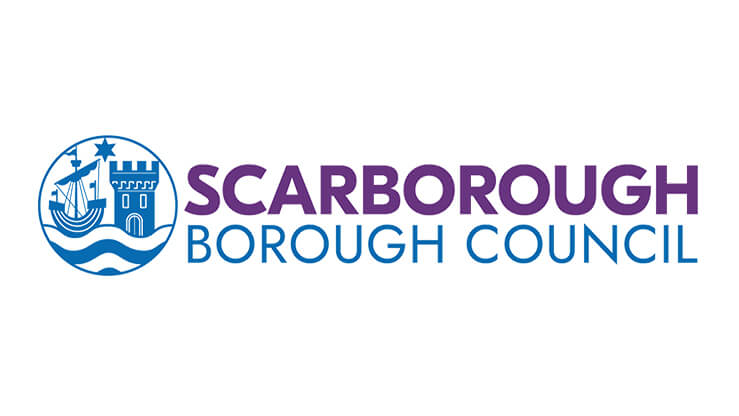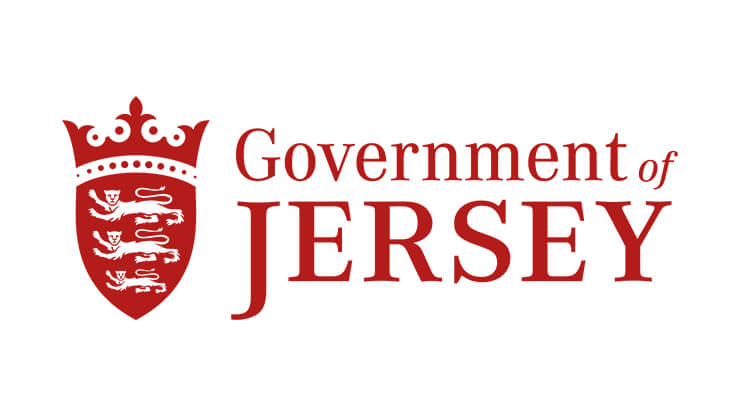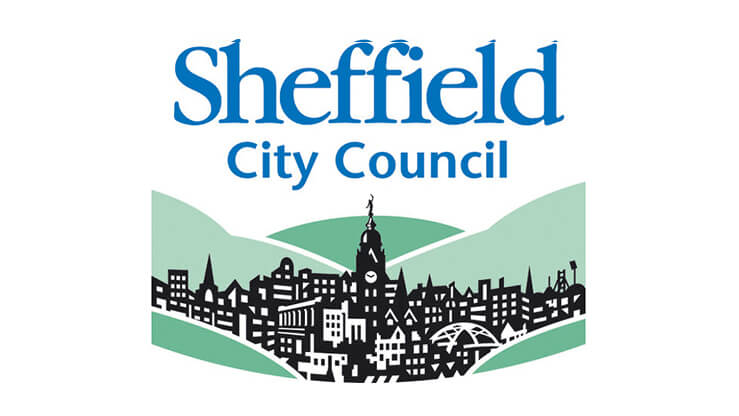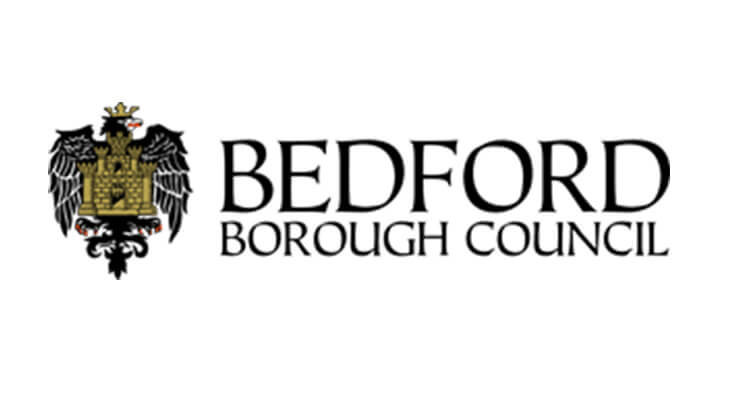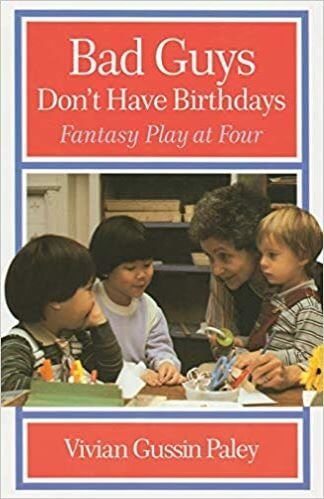
Bad Guys Don’t Have Birthdays: Fantasy Play at Four
by Vivian Gussin Paley
Review by Pie Corbett
Pie Corbett is a teacher, storyteller, poet, author and educationalist. He leads ‘Talk for Writing’ which revolves around the importance of children retelling, adapting and creating their own stories through play.
Book No: 5 – 1st published: 1988
The phenomenon of birthday looms large. It is one of the Great Ideas examined in play, along with cooking and eating, going to bed, watching for bad guys, caring for babies – the list is long. But birthday is a central theme that cuts across the others, a study in number and identity, an investigation of friendship and power.
Re-reading this book reminded me of the Red Balloon Story. I was probably three, perhaps four. Every year, we were taken to a charity Christmas party where we met Santa and were given a present. This year, I was given a red balloon. It was the first balloon that I had ever seen, let alone owned. I didn’t know much about balloons but was soon to discover.
I clutched that balloon. It was huge, slightly squidgy and the sides squeaked. It was beautiful. If I tapped it, the balloon drifted. While I was playing with it at home something totally unexpected, utterly miraculous and completely devastating happened. I must have pressed it too hard or caught it on the edge of something sharp because out of the blue there was a colossal bang and it disappeared. Completely. One moment it was there and the next it had totally vanished. I had no clue that balloons could disappear with a magical explosion and spent some time wondering where my beautiful balloon had gone.
That mixture of shock and the miraculous moment of disappearance has stayed with me for over sixty years. It was the first time I had been robbed of something beautiful, something that was both wonderful and mine. One moment it was there and the next it was gone. Of course, over the years I have experienced this many times. Life alters in a split second. All of us experience the devastation of loss.
In Bad Guys Don’t Have Birthdays, we find Vivian in the classroom with three and four year olds recording the fantasy play of a small group of children, tracking their story-making and reflecting on what it might all mean. The main themes that emerge involve ‘bad guys’, birthdays and babies. The book follows the development of self-selected, fantasy play as the children explore their own obsessions, concerns and life experiences. Her analysis of their play reveals how small children, when left to their own devices, will act out their fears and struggles to help them cope with the stresses of their lives.
Of course, all of us sometimes need to retell tricky moments. Like all teachers, I have had those days when things didn’t go well. I would drive home, gripping the wheel and run through what had happened or retell a difficult conversation. But by the time I was home, I would have reshaped the story of what happened, and who said what to whom, to put things right! Retelling our lives to understand what has happened or to alter the story of what has happened is key to helping us maintain equilibrium.
In the same way, the children enact their lives within the safety of fantasy play where they can make their own rules to regulate the world. They adopt different roles, managing events intuitively, re-ordering their world. When events are pressing, such as the birth of Frederick’s baby brother, the need to externalise in safety his private anxieties through public disguise becomes paramount.
Sometimes their play becomes quite ferocious and on several occasions, Vivian finds herself turned on by the group. One child threatens to phone the police so she can be put in jail for asking them to clear up their mess! Startled by the hurt she feels, the event stirs past memories of rejection. She comments that it hurt to write about the event. Clearly, she is a vital part of the play and not just fulfilling her ‘self-imposed role of dramatic critic’. Vivian listens in, draws strands together and links themes, witnessing and developing the play as a framework that allows them to explore their lives.
Curiosity keeps me here, watching the three and four year olds, for I still cannot predict the contents of mysterious curriculum.
Many teachers would be stunned by the intricate web of play and the richness of language, let alone the insights into the significance of children’s playful logic. Where is such richness in today’s early years classrooms? Every teacher of small children should read at least one of Vivian’s books and during training carry out similar teacher research into the significance of fantasy play. Her books are fine models for using recording and reflective journals to explore how children explore problems, reshape them, objectify them and act them out. This is education of a different and deeper order. As so much of this book focuses on the children’s exploration of what it means to be a‘bad guy’, the ideal companion read would be The Kindness of Children.
Like the miraculous, explosive disappearance of the beautiful red balloon, life inevitably presents all of us with unbidden and unknown stresses. Small children need to play through their fears, explore notions of meanness, the threat of rejection as well as celebrating birthdays and kindness so that in sixty years time, they are still not processing and feeling the sudden, unbidden miracle of utter loss; the moment when the gift of a beautiful, red balloon is inexplicably taken.
